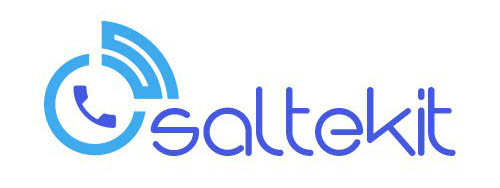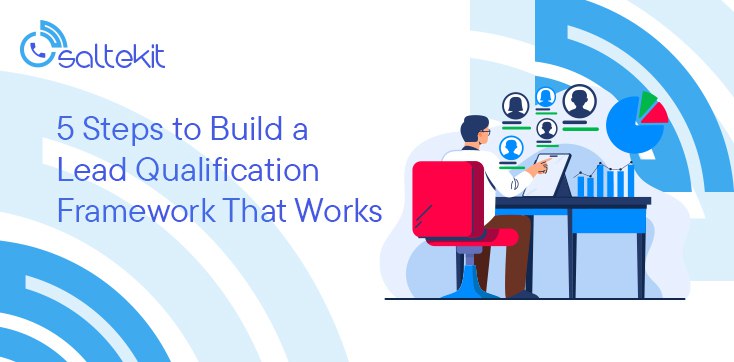In sales, qualifying leads isn’t just important — it’s essential. Without a solid lead qualification framework, sales teams can waste valuable time chasing prospects who will never convert. A structured approach helps businesses identify high-potential leads and allocate resources where they count. Here are five steps to build a lead qualification framework that actually works.
- Define Your Ideal Customer Profile (ICP)
Start by identifying the type of customer most likely to benefit from your product or service. Consider firmographic data such as company size, industry, location and budget. For B2C, look at demographics like age, income and behavior. Your ICP sets the foundation for all future qualification efforts. A clearly defined ICP allows your team to quickly filter out unfit leads before they enter your pipeline. - Choose a Qualification Methodology
Popular qualification frameworks like BANT (Budget, Authority, Need, Timeline), CHAMP (Challenges, Authority, Money, Prioritization) or MEDDIC (Metrics, Economic Buyer, Decision Criteria, etc.) offer structured ways to assess lead readiness. Choose the one that aligns best with your sales cycle and customer behavior. For instance, BANT works well for short cycles, while MEDDIC suits high-value enterprise deals. - Align Sales and Marketing on Lead Scoring
Sales and marketing must collaborate to establish a lead scoring system. This score should reflect a lead’s fit and level of engagement. Assign points based on factors such as email opens, form submissions, demo requests and website visits. Make sure the scoring model reflects your ICP and qualification criteria. Alignment between teams prevents confusion and ensures only sales-ready leads move forward. - Ask the Right Questions
Your discovery calls or lead forms should include key questions to gather qualification data. For example, ask about budget range, decision-makers involved, business challenges and urgency of need. Avoid superficial conversations; dig deep to understand whether the lead is actively looking for a solution or just exploring options. Good qualification is about listening more than pitching. - Continuously Review and Optimize
A lead qualification framework is not set in stone. Regularly review what’s working and where deals are stalling. Analyze closed-won vs. closed-lost opportunities to identify patterns. Are your “qualified” leads actually converting? If not, refine your scoring, revisit your ICP or adjust your qualification questions. Continuous improvement keeps your framework relevant and effective.
The Bottom Line
An effective lead qualification framework helps your sales team focus on what matters: converting high-quality leads into customers. By defining your ideal customer, using a proven methodology, aligning teams, asking insightful questions and optimizing over time, you can streamline your sales process and improve your close rates.

